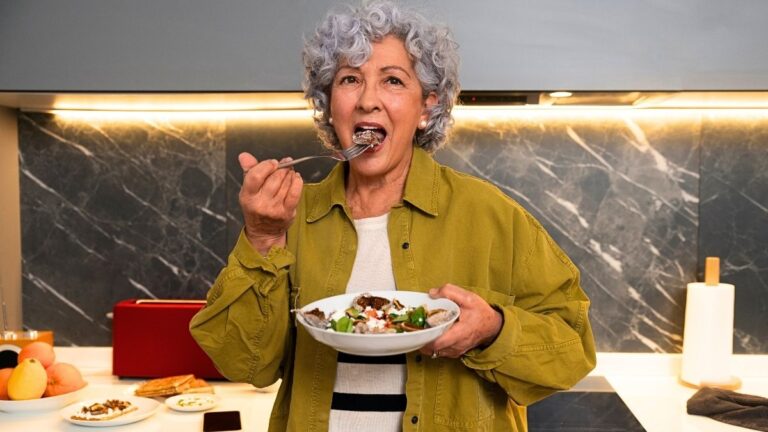Japan’s #1 (Longevity) Secret: Why Their 80-Year-Olds Outlive Us All
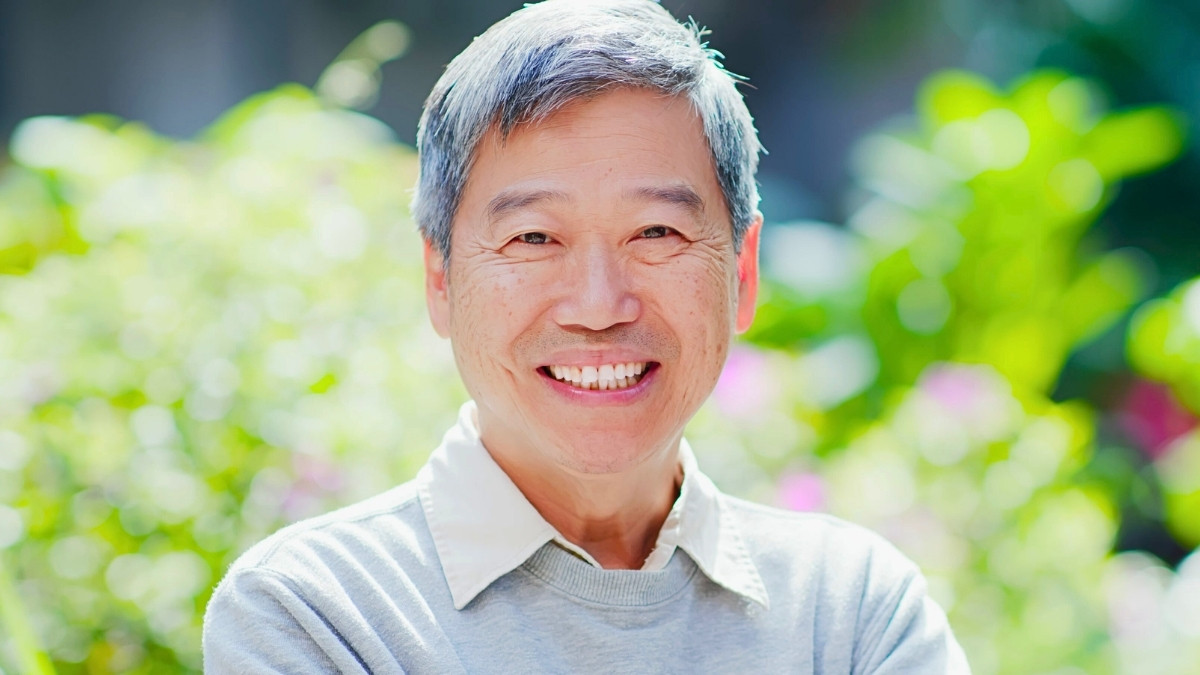
Ever notice how Western retirement homes fill up while Japanese elders tend gardens and run businesses well into their 90s? We struggle with chronic illness by 65 while Okinawan seniors celebrate their 100th birthdays surrounded by active friends. This stark contrast reveals a troubling gap in how we approach aging and health.
What if the secrets to adding 20+ healthy years to your life weren’t complicated medical breakthroughs but simple daily habits? Japan’s remarkable centenarian population hasn’t achieved longevity through superior genetics or expensive treatments.
Their lifestyle combines specific foods, movement patterns, social structures, and mindset practices anyone can adopt. These nine evidence-backed elements of Japanese culture will transform how you think about aging and health.
1. The Okinawa Advantage
Okinawan elders enjoy remarkable longevity with many living well past 100 years. These islands house more centenarians per capita than almost anywhere on earth. Local diets prioritize sweet potatoes, leafy greens, and tofu while limiting meat consumption. Most Okinawans practice “hara hachi bu,” an ancient wisdom of eating until just 80% full.
This natural portion control prevents overeating and reduces metabolic stress. Scientists studying these communities have found they consume about 20% fewer calories than Americans while maintaining excellent nutrition.
- How to practice hara hachi bu: Place smaller portions on your plate than usual and eat slowly, pausing halfway through your meal to assess hunger.
- Use smaller plates and bowls to naturally reduce portion sizes.
- Wait 20 minutes after finishing before deciding on seconds.
- Focus on food quality rather than quantity, savoring each bite fully.
2. Green Tea Culture
Throughout Japan, people sip green tea multiple times daily as both ritual and health practice. Each cup delivers powerful catechins that fight cellular damage and reduce inflammation. Regular green tea drinkers show lower rates of heart disease, stroke, and certain cancers.
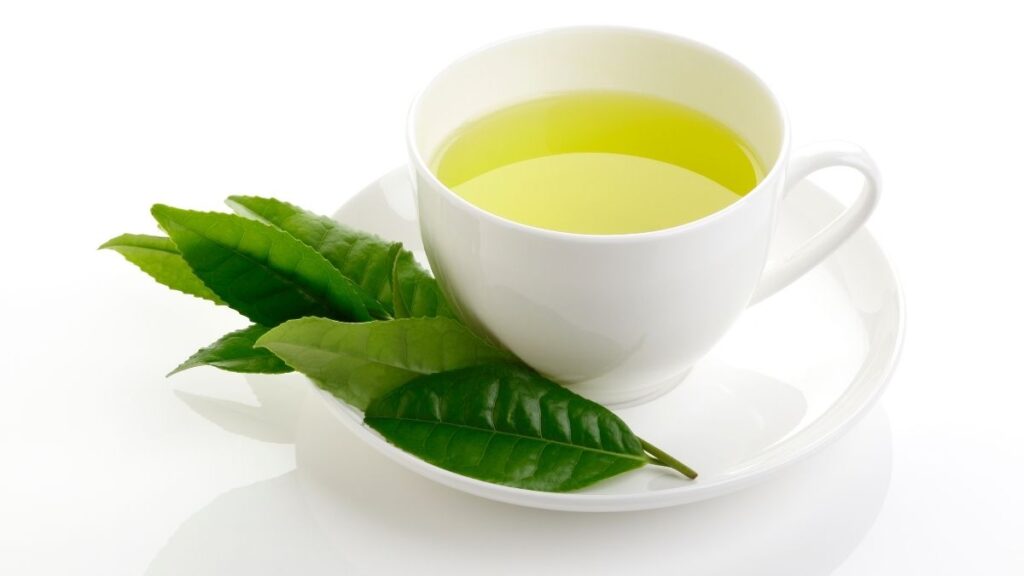
Some research suggests the compounds in green tea may help regulate blood sugar and boost metabolism. Japanese elders often drink four to five cups daily, creating consistent antioxidant protection. The caffeine content, lower than coffee, provides gentle energy without dramatic crashes.
- How to incorporate green tea: Replace one coffee or soft drink with green tea daily, gradually increasing to 3-4 cups.
- Brew properly with water around 175°F (not boiling) for maximum benefits.
- Try different varieties like sencha, gyokuro, or hojicha to find your favorite.
- Consider cold-brewing in summer for a refreshing alternative.
3. Active Social Networks
Japanese seniors rarely face isolation thanks to “moai” – social support groups formed early in life. These tight-knit circles meet regularly, providing emotional support and practical help into old age. Many moai members contribute to shared financial pools, ensuring everyone has security through difficult times.

Social integration dramatically reduces stress hormones that accelerate aging. Regular human connection strengthens immune function and cardiovascular health. Most Japanese elders interact with friends or family almost daily, creating purpose through relationships.
- How to build your moai: Identify 4-5 people who share your values and commit to regular meetings.
- Schedule weekly gatherings, whether for meals, walks, or simple conversation.
- Create systems of mutual support for practical needs like transportation or home maintenance.
- Develop traditions that strengthen your bonds over years.
4. Natural Movement Philosophy
Walking serves as transportation for many Japanese elders, who average 6,500 steps daily without deliberate exercise routines. Gardening remains popular well into advanced age, providing gentle resistance training and vitamin D exposure. Traditional activities like tai chi and gentle martial arts maintain balance and mobility without high impact.

Many neighborhoods feature parks designed for elderly exercise, complete with simple equipment suited for aging bodies. The countryside culture of tending small farm plots keeps rural seniors active daily. Constant gentle movement throughout the day proves more beneficial than occasional intense workouts.
- How to move naturally: Find opportunities to walk during daily activities rather than driving short distances.
- Incorporate gardening, even in small spaces like balconies or windowsills.
- Try gentle movement practices like tai chi, qigong, or simple stretching routines.
- Set timers to stand and move briefly every hour during sedentary activities.
5. Purposeful Living
Japanese culture embraces “ikigai” – the intersection of passion, talent, societal need, and potential income. Seniors rarely face abrupt retirement, instead transitioning to part-time work, mentorship roles, or community service. Many continue crafts or hobbies professionally into their 90s, maintaining sharp cognitive function through challenging activities.

Family roles carry significant purpose, with grandparents often helping with childcare and passing down cultural traditions. Community organizations actively recruit seniors for their wisdom and experience. Having clear reasons to rise each morning correlates strongly with longevity, reducing depression and cognitive decline.
- How to find your ikigai: List your skills, passions, and values, looking for overlaps that could serve others.
- Volunteer with organizations addressing causes meaningful to you.
- Mentor younger people in your areas of expertise, formally or informally.
- Develop hobbies that produce tangible results, whether artistic, practical, or educational.
6. Seafood-Rich Diet
Fish appears on Japanese tables almost daily, delivering essential omega-3 fatty acids that combat inflammation throughout the body. Their coastal communities consume roughly three times more seafood than Western populations. Small fish eaten whole, including bones, provide calcium alongside heart-protective nutrients.
Salmon, mackerel, and sardines feature prominently, offering DHA and EPA that support brain function and mood regulation. Studies show regular fish consumption correlates with lower rates of dementia and depression. Many Japanese elders maintain sharp cognition into advanced age partly through these brain-nourishing marine foods.
- How to boost seafood intake: Start with fatty fish twice weekly, choosing smaller species like sardines and mackerel for sustainability and lower mercury.
- Keep canned wild salmon and sardines handy for quick meals when fresh options aren’t available.
- Experiment with seaweed varieties like nori, wakame, and kombu for minerals and unique flavors.
- Consider algae-based omega-3 supplements if seafood consumption isn’t practical for you.
7. Fermented Food Tradition
Japanese kitchens routinely feature fermented foods dating back centuries in their culinary history. Miso paste, made from fermented soybeans, delivers probiotics alongside savory flavor in daily soups. Natto, though acquired in taste, contains powerful enzymes that may dissolve blood clots and improve circulation.
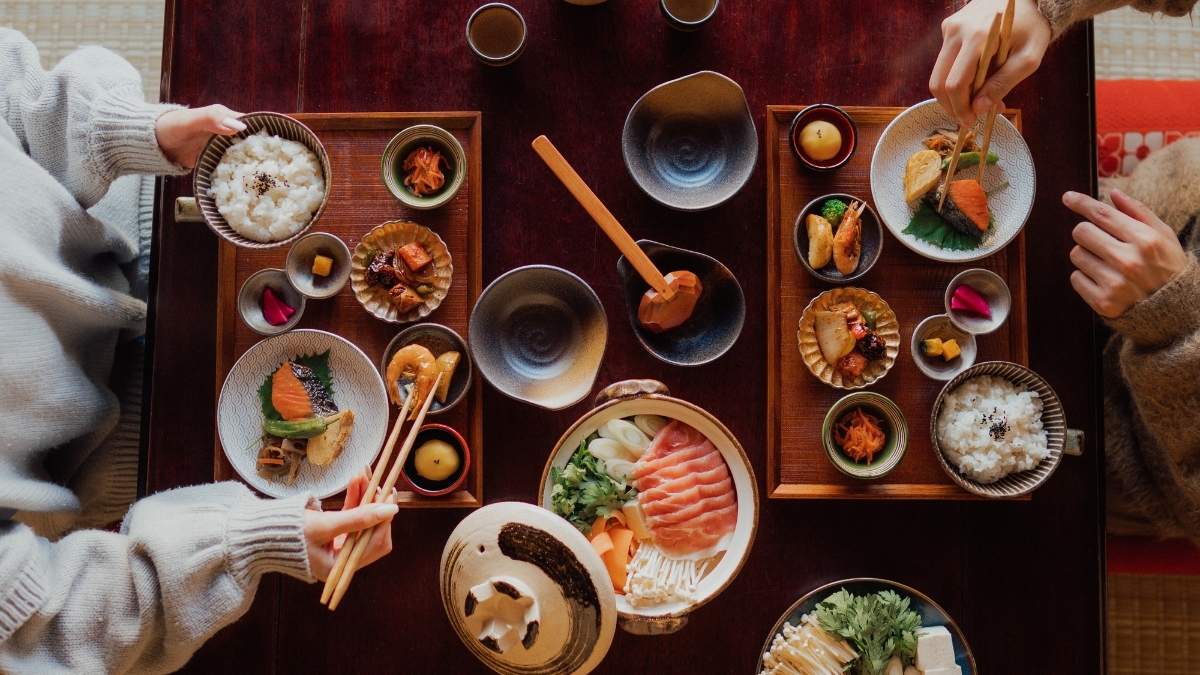
Pickled vegetables accompany most traditional meals, introducing beneficial bacteria that enhance digestion. These living foods colonize the gut with diverse microorganisms that strengthen immunity and regulate inflammation. Fermentation also increases the bioavailability of nutrients, allowing better absorption from each bite.
- How to introduce ferments: Begin with small amounts of mild fermented foods like water kefir or kombucha before trying stronger flavors.
- Make quick pickles by submerging sliced vegetables in brine for several days at room temperature.
- Add small portions of miso to soups and dressings, remembering not to boil it which kills beneficial organisms.
- Choose unpasteurized versions with live cultures whenever possible for maximum probiotic benefits.
8. Preventative Healthcare Approach
Annual health screenings become routine for Japanese citizens starting in childhood and continuing through elder years. Their healthcare system covers comprehensive check-ups that catch small issues before they grow serious. Blood tests, cancer screenings, and specialized exams become more frequent after age 40.

Community health centers offer accessible wellness programs focusing on nutrition and lifestyle modifications. Schools teach health maintenance from early ages, creating lifelong prevention habits. This proactive approach reduces hospitalization rates and extends quality life years while lowering overall healthcare costs.
- How to adopt preventative care: Schedule annual physical exams even when feeling well, requesting comprehensive bloodwork.
- Track personal health metrics like blood pressure, resting heart rate, and basic bloodwork values over time.
- Create reminders for age-appropriate screenings like mammograms, colonoscopies, and bone density tests.
- Establish relationships with healthcare providers when healthy rather than waiting until illness strikes.
9. Stress Reduction Practices
Forest bathing invites Japanese people to wander mindfully among trees, absorbing phytoncides that measurably reduce stress hormones. Traditional hot spring bathing (onsen) combines therapeutic mineral waters with social connection in a peaceful setting. Many workplaces incorporate short meditation breaks, acknowledging mental restoration increases productivity.

Gardens designed for contemplation exist even in dense urban areas, offering accessible nature connection. Seasonal celebrations honor natural transitions, creating mindful awareness of time passing. These practices reduce cortisol levels that accelerate aging and weaken immunity when chronically elevated.
- How to practice shinrin-yoku: Spend two hours weekly in natural settings without devices, moving slowly and engaging all senses.
- Create mini-nature retreats at home with plants, natural materials, and sounds of water or birds.
- Develop simple daily rituals that encourage presence, like mindfully preparing tea or watching the sunrise.
- Schedule complete downtime without productivity goals, allowing your nervous system to fully reset.
6 General Tips for Japanese-Inspired Longevity:
- Fill half your plate with colorful vegetables at every meal and stop eating when 80% full.
- Replace one sugary drink daily with green tea, aiming for 3-4 cups throughout your day.
- Form a small social group that meets weekly for meaningful connection and mutual support.
- Accumulate movement throughout your day instead of relying solely on scheduled workouts.
- Find your personal “ikigai” by identifying where your passions, talents, and community needs intersect.
- Include fatty fish in your diet twice weekly, supplemented with seaweed for additional minerals.
Final Thought:
Living to 100 isn’t about luck or genetics—it’s about embracing what Japanese elders have known for centuries. Their blueprint for longevity combines simple foods, natural movement, strong bonds, and purposeful living that anyone can adopt starting today.
While Western medicine chases expensive treatments, these island communities quietly demonstrate how everyday choices build decades of health. The most powerful anti-aging “supplement” costs nothing: eating less, moving more, connecting deeply, and finding meaning.

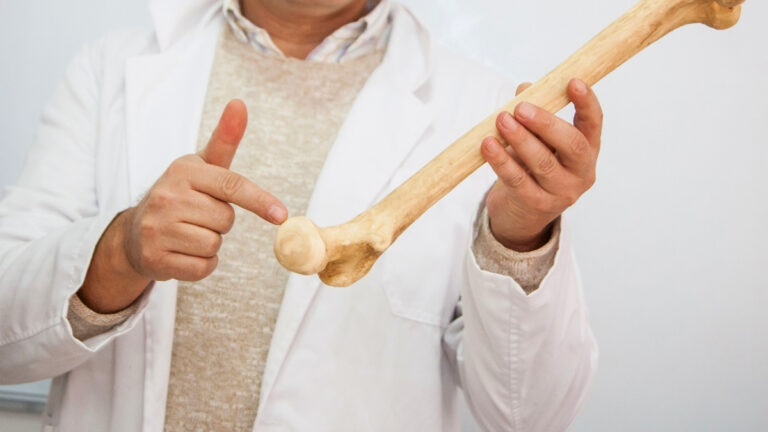



![Unlock REAL Back Pain Relief: The Surprising Connection Between Your [Specific Body Part, e.g., Hips/Breathing] and Exercise Success](https://savvyhipster.com/wp-content/uploads/21-Blonde-Buzzcut-Men-Ideas-2025-08-19T001046.442-1-768x432.jpg)
